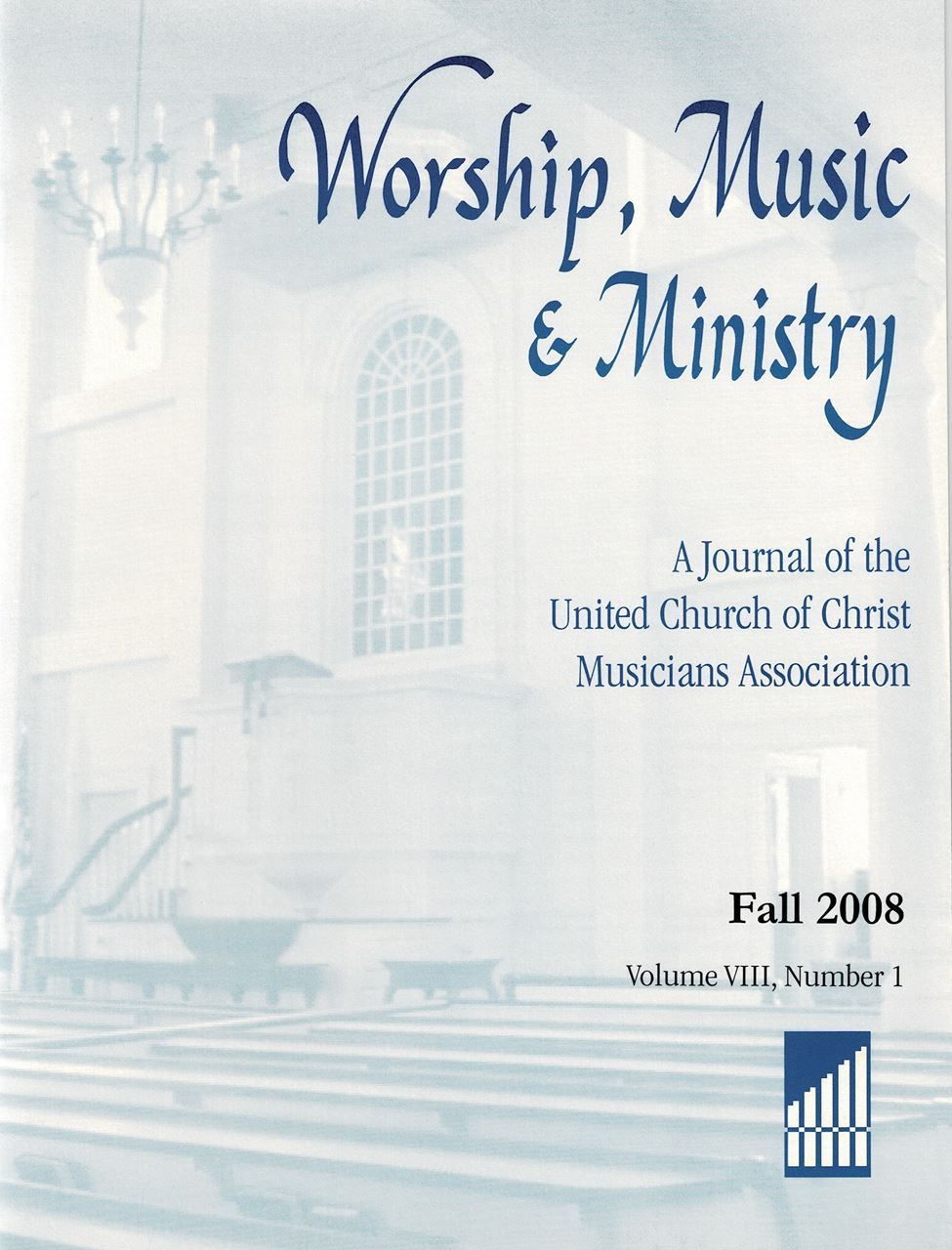The Church's Music as Counter-Cultural
By Paul Westermeyer
I have recently sensed a renewed vigor in the singing of some congregations. The reason for this became clear to me in a course I taught at Brite Divinity School this past summer. The students were Disciples, Episcopal, Lutheran, Presbyterian, and UCC pastors and musicians. Some of them reported that their churches sing hymns like protest songs. Since then, a conversation with a pastor pointed in a similar counter-cultural direction. He said that his wife did not like the militaristic overtones of the hymn, “Lead On, O King Eternal!” He agreed but noted that they are undercut by the lines:
That counter-cultural motif is driven by an earlier line that undercuts our trust in our own capacities: God’s “grace makes us strong” to do deeds of love and mercy. The counter-cultural nature of hymns characterizes the church’s music more generally. Consider the text of this well-known anthem by Richard Farrant (c. 1525-1580).
What is here? Our sins, amending our sinful ways, virtue, walking with a perfect heart before God who in tender mercies forgives us—with the obvious connection to Micah 6:8 that this walk includes justice and kindness for the good of the neighbor. This is not a set of cultural assumptions. It is profoundly counter-cultural. The book of Revelation makes this still more apparent. It is about a huge hymn festival (not a secret code) around the Eucharistic feast. Lynn Hough, in his discussion of the “Anthem of Redemption” at Revelation 7:10, says, “All those from every nation and language” are invited to the feast around the throne of God. “So they sing the glorious song of the redeemed. . . The music of eternity sends its triumphant joy back into the life of time.” The cultural life of time is countered by the music of eternity, which is for people of every nation and language, no exceptions.
The church sings this in many ways. The Psalms continually link the praise of God with justice for all. The Ordinary of the weekly service of Word and Table begins with “peace to God’s people on earth” in the Gloria in Excelsis of the gathering rite and at communion asks God to “grant us peace” in the Agnus Dei, just before we are sent to carry that peace into the world of our vocations. Even where there are no words, these counter-cultural texts are present. They lie behind the whole repertoire of the church’s organ music. And the many styles the church uses—unison chant, metrical tunes, polyphony, and homophony from many cultures—check one another as they are broken to Word and Sacraments and stand against any single cultural idol.
This counter-cultural quality of the church’s music, though always present, at some moments becomes more obvious. Our moment is one of these, characterized as it is by the absence of moral codes with decisions made based on power, the denial of truth in the obliteration of differences between fact and fiction, and human beings “viewed through the lens of nationality and socio-economic status” rather than “intrinsic dignity and value,” and a market-as-God economy that says winning is everything, Beating up on your neighbor becomes life’s goal. Against this, the church sings a message that forever announces that the market is not God, that human beings are made in the image of God, and that God and the neighbor are to be loved. Since the culture always tempts the church, music, like everything else, can be misused. Whether clergy and musicians entertain silent spectators in the ninth or twenty-first centuries, the controlling cultural temptation is the same. Exercising the participatory birthright of the church by singing its message opposes cultural norms. At times like ours, that may yield the constructively subversive vigor and power of hymns and liturgy sung like protest songs. Paradoxically this protest in liturgical singing is itself countered by the cross that drives it so that, when faithful, it includes lament. It utilizes the least evil necessity of power blocs and their sound that seek the common good as best they can. Still, it never identifies with any cultural sense of ultimacy as it confesses and laments its sinful complicity in our broken world. ■ Reprinted with permission from the website of the Center for Church Music.
| Engage, Encourage and Be Intentional The Church's Music as Counter-Cultural Worship Music Beyond the Traditional/Contemporary Divide The Second Winner of the UCCMA Anthem Commission Why do We Celebrate Christ the King Sunday? Observing the Children's Sabbath - 50th Anniversary The Meaning of Dance Then and Now Tech Talk: A Primer on Microphones A Few of Our Favorite … Organ Collections MUSIC DOWNLOAD Come, O Come, Our Voices Raise Composed by Peter Niedmann CROSSES The Cross of St. Peter is "a cross with the crossbeam placed near the foot, that is associated with Saint Peter because of the tradition that he was crucified head down." — Wikipedia LOOKING BACK – 30 YRS.  The first 22 years of Worship, Music & Ministry in print. |

 Paul Westermeyer
Paul Westermeyer.svg.png)


